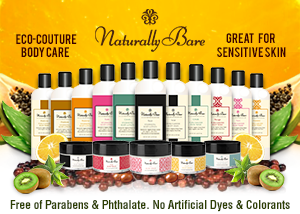Eco Labeling: Understanding Labeling and Certification
With more and more suppliers entering the green arena, both the labeling and certification processes have become more confusing. To help, here’s a look at each of these issues.
In order to find out how to understand eco labels, we went to Consumers Union (CU), the independent and non-profit testing and information organization. To help filter through the seals of approval that appear on many of the green products you use, we also took a look at top certifying organizations to determine just what their seals mean.
According to CU, “Generally, the best eco-labels are seals or logos indicating that an independent organization has verified that a product meets a set of meaningful and consistent standards for environmental protection and/or social justice.”
As reported at the group’s “green” website, www.greenerchoices.org, Consumers Union applies several criteria to determine what’s a valid eco-label and what isn’t.
• VERIFIABLE: “Eco-labels should have a set of environmentally meaningful standards” that are verifiable by a separate inspection organization or by a certifying body.
• CONSISTENT: “An eco-label used on one product should have the same meaning if used on other products. Standards should be written in a way that can be verified in a consistent manner.”
• TRANSPARENT: “The organization behind an eco-label should make information about organizational structure, funding, board of directors, and certification standards available to the public.” The reason? Without such information, it’s at best difficult to verify the independence of the organization responsible for certification.
• INDEPENDENT. “Organizations establishing standards and deciding who can use a logo should not have any ties to, and should not receive any funding from the sale of certified products or contributions from logo users beyond fees for certification.” A key point made by CU is that people employed by companies requesting certification for their products should not be affiliated in any way with the certifier’s board of directors.
If you’re uncertain, check out the certifier to see if they have a written policy re. conflict of interest and/or they’re upfront about any affiliations.
There are numerous “certifying” organizations, companies, and bodies. A few, however, meet very few of the criteria necessary to make their “seal of approval” mean much. That makes it difficult for cleaning green services and end users to know what’s what.
To help, here’s a look at three of the most-recognized green product certification organizations, and what their seals mean. They’re by no means the only qualified certifiers—and others, like the Carpet and Rug Institute’s CRI seal and the U.S. Green Building Council, for example, certify within specific categories–but the three presented below are the ones we’ve seen most often.
• DfE. An EPA (Environmental Protection Agency) partnership program, the Design for the Environment (DfE) Safer Product Recognition Program does, among other things, provide recognition to companies and products that use safe chemicals. To date, over a thousand products have been approved to carry the DfE logo. Its most recent area of evaluation is hard-surface disinfectants and sanitizers.
• ECO LOGO. Begun in Canada in the late ‘80s, the familiar EcoLogo green leaf seal is now carried on more than 7,500 “environmentally preferable” green products and services. The program has been managed by TerraChoice Environmental Marketing since 1995.
• GREEN SEAL. Considered by many to be the most prestigious certification, Green Seal is a third-party, not-for-profit certifying body that analyzes the full spectrum of a product’s development—all the way from raw materials used to whether the end product is recyclable. In recent years Green Seal has gone beyond products and expanded its scope to cleaning processes such as its GS-42 standard for providers of cleaning services.


CONNECT WITH US